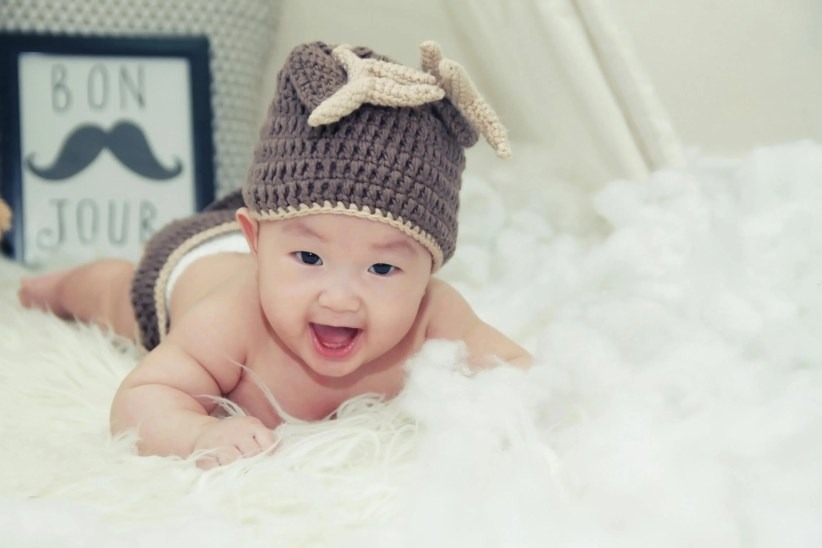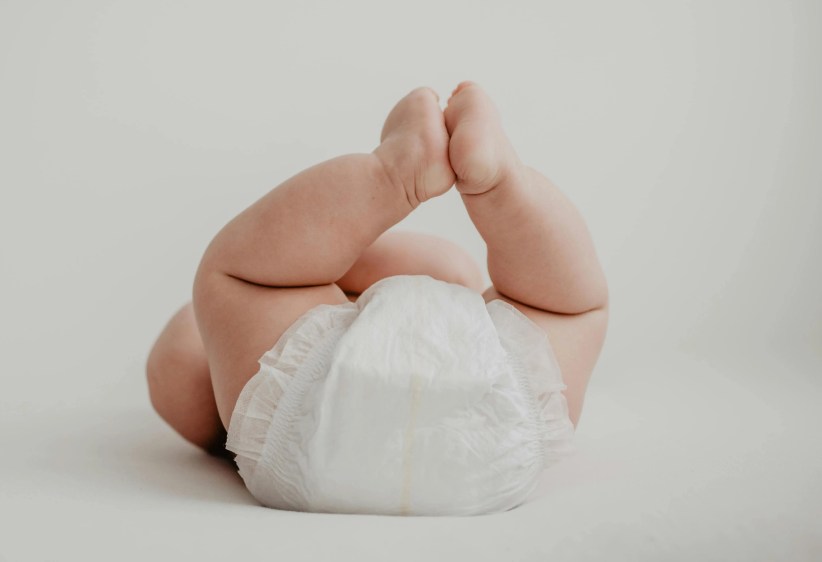 The arrival of a new baby means that there are a ton of items to register for and stock up on. And, of course, feeding gear is high on the list. Even if you’re planning to breastfeed exclusively, chances are you’ll want and need a pump and a reliable slate of bottles as baby grows. We turned to some experts in the field (see below) for tips on what to look for as you navigate the options on the pump and bottle market.
The arrival of a new baby means that there are a ton of items to register for and stock up on. And, of course, feeding gear is high on the list. Even if you’re planning to breastfeed exclusively, chances are you’ll want and need a pump and a reliable slate of bottles as baby grows. We turned to some experts in the field (see below) for tips on what to look for as you navigate the options on the pump and bottle market.
Meet Our Experts
Gina Cicatelli Ciagne, CLC, is the Vice President of Americas Healthcare Marketing, Lansinoh Laboratories, Inc. lansinoh.com
Amanda Cole is the founder and CEO of Yummy Mummy, a store, call center, online resource center, and community committed to all things breastfeeding based in NYC. yummymummystore.com
Shari Criso MSN, RN, CNM, IBCLC, is a Registered Nurse, Certified Nurse Midwife, International Board Certified Lactation Consultant, nationally recognized educator, and founder of My Baby Experts. Connect with Shari on her Facebook page (Shari Criso RN, CNM, IBCLC) for regular live broadcasts or take one of her classes on her website.
ShariCriso.com & mybabyexperts.com
Felina Rakowski-Gallagher is the President and owner of The Upper Breast Side, an NYC-based resource center focused on all things pertaining to breast pumps, pump accessories, proper nursing bra fittings, and nursing clothing. upperbreastside.com
Jada Shapiro is the founder of Boober (home of the on-demand Breast Start visit), and Birth Day Presence, a trusted Childbirth Education Center and Doula Matching Service in NYC. She’s also a birth and postpartum doula, childbirth educator, lactation counselor, and mother. birthdaypresence.com & getboober.com
Bottle Shopping
“Look for the following ‘nipple features’ when shopping for a bottle. Compressible not collapsible: A compressible nipple allows babies to use the same feeding actions used in breastfeeding, but enough internal support so baby cannot collapse and restrict milk flow. Soft: Super-soft silicone allows baby to use wavelike tongue motions learned in breastfeeding. Stretchable: Allows baby to pull nipple back to replicate the suck, swallow, breathe pattern used in breastfeeding. Vented: Helps reduce air intake.” –Gina Cicatelli Ciagne, Lansinoh
“If you’re not able to nurse exclusively—and let’s face it, few moms can—you’ll need a few quality bottles to give your little one milk when you are not with her. Whether you are planning to go back to work or just want your partner to give your baby a bottle while you take a quick nap, here are a few things to consider. Make sure you look for bottles that are BPA-free; choose bottles with wide necks for easy cleaning; especially for newborns, it’s important that you select a bottle with a slow flow so that your baby is not overwhelmed while feeding; check to see if they are dishwasher safe; ask if they have vents to help prevent colic; and look for nipples that replicate mom’s breast to create a natural feeding experience.” –Amanda Cole, Yummy Mummy
“Don’t buy too many bottles before the baby is born! Every baby is different and some bottles work better than others for different babies. When is the ideal time to introduce a bottle to a newborn? When breastfeeding is well established, typically 2-4 weeks in most new moms. How do you know breastfeeding is well established? Baby is gaining weight and breastfeeding doesn’t hurt… Bottles for newborns who are breastfeeding should be shaped properly to mimic the way a baby latches onto a breast. The base should be wide and gradually slope toward the nipple. This allows the baby’s mouth to be open wide while feeding with the tongue down. What you don’t what is a nipple that narrows toward the base and makes the baby’s lips like sucking on a straw.” –Jada Shapiro, Birth Day Presence
“Baby bottles come in different sizes, usually small (4-5-oz.) and large (8-9-oz.). The size you choose depends on baby’s age and also whether you are feeding pumped breast milk or formula. Typical breast milk feedings are around 3-4-oz. which does not change that whole first year, while formula fed babies will need to consume larger amounts as they age. Choosing the appropriate bottle size will help alleviate the worry that they should be eating more, assuming you’re not producing enough breast milk to fill the large bottle, and even overfeeding.” –Shari Criso, My Baby Experts
[gravityform id=”15″ title=”false” description=”false” ajax=”true”]
Pump Shopping
“Shop smart! A Bluetooth enabled SmartPump allows uses Bluetooth technology to connect seamlessly to a corresponding Baby App to track pumping and breastfeeding sessions, baby’s growth, development, activities, and more, simplifying your pumping routine.” –Gina Cicatelli Ciagne, Lansinoh
“As most are pumps awarded through the Affordable Care Act, it is understandable that expecting moms will order a personal use breast pump through their insurance provider. If, however, a mom is triaged properly, and is either having milk supply issues or her newborn is not nursing properly, she should not be using that free ‘personal use breast pump’! We advise that she obtain a hospital grade breast pump (a powerful motor/multiple-use machine) to stimulate and protect her supply.” –Felina Rakowski-Gallagher, The Upper Breast Side
“There are a number of excellent pumps on the market with lots of different features…but the most important thing is to find a pump that is right for you and your specific needs. Start by asking yourself the most basic question: ‘How do you plan to use your pump? Do you plan to pump every day?’ If so, you’ll surely need a dual electric pump. A manual will just not cut it for everyday use. You’ll want to pick a pump that allows you to adjust the speed and suction power so that you can find the right levels for you. And you might also want to consider picking a pump that comes with three different breast shield sizes to make sure you use the right size from the start.” –Amanda Cole, Yummy Mummy
“The three main features that I always look for when making a decision about which breast pump to purchase are: Multiple flange sizes that are included; independent speed and suction controls; and a closed system. These are the three features that will most impact the functionality of your pump by getting the right fit, customization to support you to express effectively and efficiently express your breast milk, and also ensure that your pump, pump parts, and your breast milk remain clean and safe for your baby.” –Shari Criso, My Baby Experts
“Consider buying a manual hand pump! You can not only throw it in your purse, you can also easily use it anywhere at home without having to hook up to an electric pump. They are great for occasional or low-frequency use.” –Jada Shapiro, Birth Day Presence




















